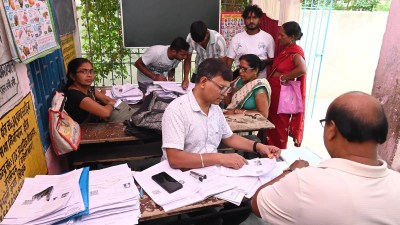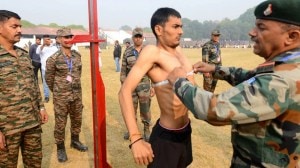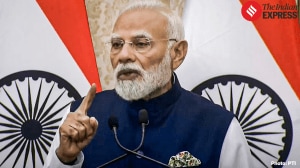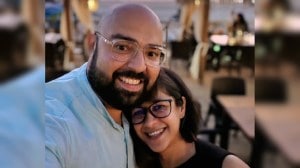Chittisinghpora turns ghost town, this Baisakhi
CHITTI SINGHPORA, APRIL 13: No cavalcades of cars, no VIPs, no hussle-bustle. As the outside world starts to forget the killing of 35 Sikh...

CHITTI SINGHPORA, APRIL 13: No cavalcades of cars, no VIPs, no hussle-bustle. As the outside world starts to forget the killing of 35 Sikhs, the wounds of the carnage have again opened up today. It is first Baisakhi after the massacre.
The lanes are deserted. Children are not wearing new clothes and men do nothug each other. The traditional procession to mark the occasion is also notto come out today as the village echos with wails and cries of women. Griefand sorrow have replaced Baisakhi celebrations as Chittisinghpora hasturned a village of widows and orphans.
“This village will never smile again. Our happiness has been snatchedonce for all,” said Pushpinder Kaur, who lost her father, two brothers andtwo nephews in last month’s massacre. “Whenever I come out of my house,the first thing that falls my way is the street corner where they werelined up and shot. I feel the village soil is still soaked with theirblood,” she said.
As this correspondent crosses over to neighbouring locality, Shokeenmohalla — the site where 13 men were lined up and shot dead — three-year-old Murpi Kaur tells every passerby that her papa was killed here. An oldwidow was wailing nearby. Amrit Kaur has no menfolk left in her family.Both her sons, Gurdeep Singh and Jit Pal Singh, were summoned outsideand shot dead. Her daughter-in-law has already left for her parent’s homein Tral and now there are only three women left in the house.
The village is gripped with fear as the survivors have been literally leftto their fate after the tenth day bhog. Nobody visits them any longer.“Koun phir poochta hai. Dus din tak tu sab aaye. Ab koyi nahin (Whocares later. Everybody visited till tenth day bhog. That was all,” saidSantosh Kaur, daughter of Charan Singh, retired `Fauji’ and a highlyrespected village elder, who was also killed. “Raat hote hi sub darrjate hain. Gaunwale to bijli bi bund rakhte hain (As soon as night falls,fear returns. Villagers hide themselves and the lights are generallyoff),” she said.
She said at least ten families have sent their `samaan’ to Jammu and manyothers are planning to leave. Her husband, Shokhee Singh, explains why.“It is very hard to live here now. If the community does not migrateand decides to stay back in Kashmir, we will still leave,” he said. TheGovernment has deployed a few companies of Central Reserve Police Force forthe protection of the village but people here feel it isn’t enough tocounter the threat. “CRPF are camping in the gurudwaras central to thevillage. How will they prevent attack from outside,” said Hukumat Singh, avillager.
There is not much rush at the main Gurudwara Singh Sabha Samandar Halleither. Around a dozen men and women gathered inside are listening to alocal granthi who tries to console them. There is nobody near the samadhiof massacre victims in the gurudwara compound. A few children areseen showering flower petals on the massacre site outside Samandar Hall.The site, where 22 men were lined up against the gurudwara wall and shotdead, has been fenced and saffron and black flags hanging all around.
The village that had virtually turned a destination for politicians,ministers, bureaucrats from across the country and for thousands ofKashmiri Sikhs has no visitors today to share their grief on this Baisakhi.



- 01
- 02
- 03
- 04
- 05




























